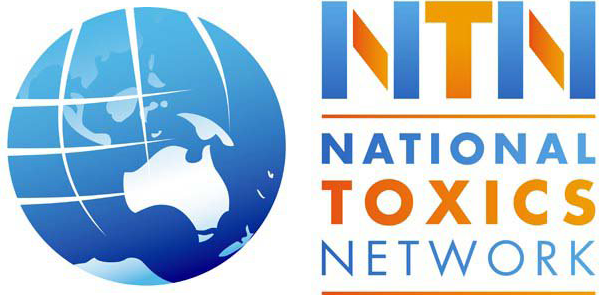The Strategic Approach to International Chemical Management (SAICM) was adopted at the International Conference on Chemical Management in Dubai 2006 and provides an overarching framework strategy to address the problems of chemical management nationally and globally.
The agreed Strategic Approach sets out the strategies, policies and plans of action to implement the 2020 goal that was adopted by governments at the World Summit on Sustainable Development (WSSD) in Johannesburg 2002. The 2020 goal is: ‘to achieve the sound management of chemicals throughout their lifecycle so that, by 2020, chemicals are used and produced in ways that lead to the minimization of significant adverse effects on human health and the environment.’
The SAICM Texts
SAICM policies, strategies and actions are found in the three core SAICM documents. The Dubai Declaration and the SAICM Overarching Policy Strategy (OPS) were adopted by consensus of governments. The SAICM Global Plan of Action (GPA) was approved for use and further development as a guidance document for sound chemicals management and for SAICM implementation.
The Dubai Declaration reaffirms that concerted action is necessary to protect public health and the environment from harm caused by exposure to man-made chemicals throughout their life-cycle. The Dubai Declaration asserts that the sound management of chemicals is essential to achieving sustainable development. The Dubai Declaration identifies problems such as: the lack of capacity for managing chemicals in developing countries and countries with economies in transition; dependency on pesticides in agriculture; exposure of workers to harmful chemicals; and concerns about the long-term effects of chemicals on both human health and the environment.
The SAICM Overarching Policy Strategy (OPS) states that action is needed because there are inadequacies in the existing international policy framework for chemicals; many countries lack the capacity to assure that chemicals are soundly managedand adequate information is lacking and/or inaccessible on many chemicals in use.
SAICM explicitly recognises that risk reduction measures need to be improved to prevent the adverse effects of chemicals on the health of children, pregnant women, fertile populations, the elderly, the poor, workers and other vulnerable groups and susceptible environments. Work to develop safer alternatives should be accelerated, including the development of alternatives to chemicals of concern and affordable sustainable technologies.
SAICM Chemicals of Concern
Among its key risk reduction objectives, the SAICM calls for phasing-out, by the year 2020, of chemicals that pose unreasonable and otherwise unmanageable risks. It identifies groups of chemicals that should be prioritised for assessment and include: persistent, bioaccumulative and toxic substances (PBTs); very persistent and very bioaccumulative substances; chemicals that are carcinogens or mutagens or that adversely affect the reproductive, endocrine, immune or nervous systems; persistent organic pollutants (POPs), mercury and other chemicals of global concern; chemicals produced or used in high volumes; those subject to widespread dispersive uses; and other chemicals of concern at the national level.
Need for Information
A SAICM objective is to ensure that knowledge and information on chemicals is sufficient to enable chemicals to be adequately assessed and managed safely throughout their life cycle. This encompasses information on chemicals at all stages of their life cycle. It should include the effects of chemicals on human health and the environment, their intrinsic properties, their potential uses, information on protective measures to take, and information on their regulation. Where appropriate, information on chemicals in products must also be available. The Information must be accessible to all stakeholders, and be adequate and appropriate to their needs, and user friendly.
In the context of this objective, the SAICM OPS states that information on chemicals relating to the health and safety of humans and the environment should not be regarded as confidential
